Vision vs fantasy: a reality check
.
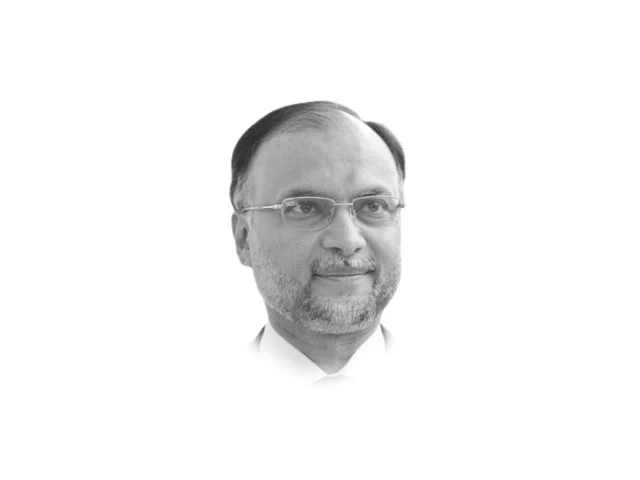
Imtiaz Gul's recent column titled 'Planning Commission or Graveyard of Fantasies' is a thought-provoking read — sharp, eloquent, but ultimately a portrait painted without perspective. It presents Pakistan's planning journey as a string of "dreams that died", blaming Vision 2025 and now Uraan Pakistan 2035 for our industrial and economic woes. It's a familiar argument — rhetorically powerful, but factually unconvincing.
Vision 2025 was not a fantasy. It was a serious, evidence-based national framework crafted through hundreds of consultations with provinces, industry, academia and civil society. It translated the aspirations of a young, restless nation into seven pillars of inclusive growth and modernisation. The first manifestation of that vision — the 11th Five-Year Plan (2013-18) — remains one of Pakistan's most successful development periods. GDP growth averaged nearly 5%, inflation was at historic lows, public investment reached record levels, and the China-Pakistan Economic Corridor (CPEC) emerged as a transformative growth engine, attracting over $25 billion in investments.
It was under Vision 2025 that Pakistan achieved one of its most remarkable turnarounds — the elimination of chronic load-shedding that had crippled industry and daily life for over a decade, and the revival of investor and business confidence through record energy and infrastructure expansion. The global firm PwC, in its World in 2050 Report (2017), projected that if Pakistan continued on that trajectory, it was poised to become one of the world's top 20 economies by 2030. But alas, that progress was not allowed to continue.
What followed tells the real story — not of failed vision, but of disrupted continuity. In 2018, the incoming government abruptly discarded both Vision 2025 and the 12th Five-Year Plan (2019-24), leaving the country without a development framework for nearly four years. For the first time in decades, Pakistan operated without a medium-term strategy, without measurable goals, and without a coherent policy compass. The results were predictable: industrial contraction, macroeconomic instability driven by unsustainable imports that created a $50 billion deficit, and a return to ad hoc policymaking. When a nation abandons planning, it drifts — and drift is precisely what we experienced.
Critics today cite stagnation in large-scale manufacturing, factory closures and the decline in production of traditional goods like televisions, bulbs and bicycles. These are indeed worrying signs — but they are not the consequence of Vision 2025. They are the by-products of policy reversals, political volatility and lost consistency. No economic vision can execute itself; it requires stability, trust and a decade of uninterrupted policy direction. When every new government resets the national agenda, even the best-crafted roadmap becomes a casualty of politics.
Should we then conclude that because one vision was interrupted, we must stop imagining, stop planning, and stop dreaming? Or should we, as wiser nations do, learn from experience, refine our approach and build anew?
National visions are not magic wands — they do not produce miracles overnight. They are compasses that set direction, align ambition and discipline national effort. But they demand commitment and continuity to bear fruit. No country has ever transformed through cynicism or chaos. China, South Korea, Malaysia and the UAE all began with bold national plans. Their early years saw setbacks too, but what distinguished them was political stability, policy consistency and social alignment around shared goals.
That is precisely the philosophy behind Uraan Pakistan 2035 - a next-generation transformation agenda shaped by the lessons of the past. It rests on the 5Es framework: Exports, E-Pakistan, Energy & Infrastructure, Environment & Climate, and Equity & Empowerment. This framework directly addresses the bottlenecks critics often highlight — structural inefficiencies, bureaucratic inertia, energy costs and human capital gaps. Unlike earlier initiatives, we are coupling vision with execution through institutional reform, data-driven monitoring and public-private collaboration.
Imtiaz Gul is right that Pakistan faces de-industrialisation pressures and that bureaucracy, taxation and policy inconsistency need reform. But to attribute these longstanding structural issues to one vision or one ministry is misplaced. If anything, Vision 2025 and Uraan Pakistan 2035 represent the opposite of complacency — they are tools to challenge inertia and anchor the nation toward 21st-century readiness.
When I say Pakistan must learn from China's model, it is not a call for imitation but for inspiration. China's rise was built on long-term discipline, institutional reform and export competitiveness — not quick fixes. Pakistan, too, must find its own path, guided by the same principles of consistency, reform and perseverance.
Let us be honest with ourselves: Pakistan's greatest handicap has not been the lack of ideas — it has been the lack of perseverance. Each political cycle resets the clock, erasing years of progress and continuity. If every vision is dismissed as fantasy before it matures, we will forever circle the same mountain instead of climbing it. National transformation is a relay race, not a sprint. The baton must be carried forward, not thrown away with every change of government.
So, when critics ask whether the Planning Commission is still relevant, the answer is unequivocal: yes — now more than ever. In an age of disruption and uncertainty, Pakistan needs an institution that safeguards the long view, integrates fragmented efforts and ensures that short-term firefighting does not eclipse long-term direction. A nation without vision is a nation without direction — and that, indeed, is the real graveyard of fantasies.
Pakistan's challenges are real - but so is its potential. We cannot afford the luxury of despair. We must plan, execute and persist. If Vision 2025 was a bold dream interrupted, Uraan Pakistan 2035 is its revival — a reaffirmation that Pakistan still dares to imagine, and more importantly, to act.
Because the first step toward achieving a dream is to refuse to stop dreaming.

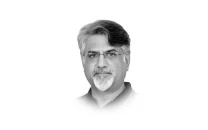
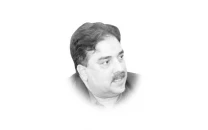

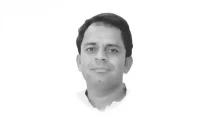

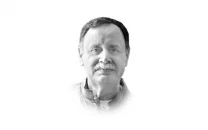


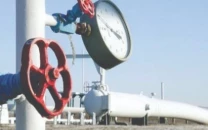
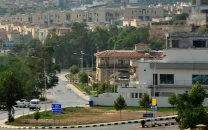



COMMENTS (8)
Comments are moderated and generally will be posted if they are on-topic and not abusive.
For more information, please see our Comments FAQ